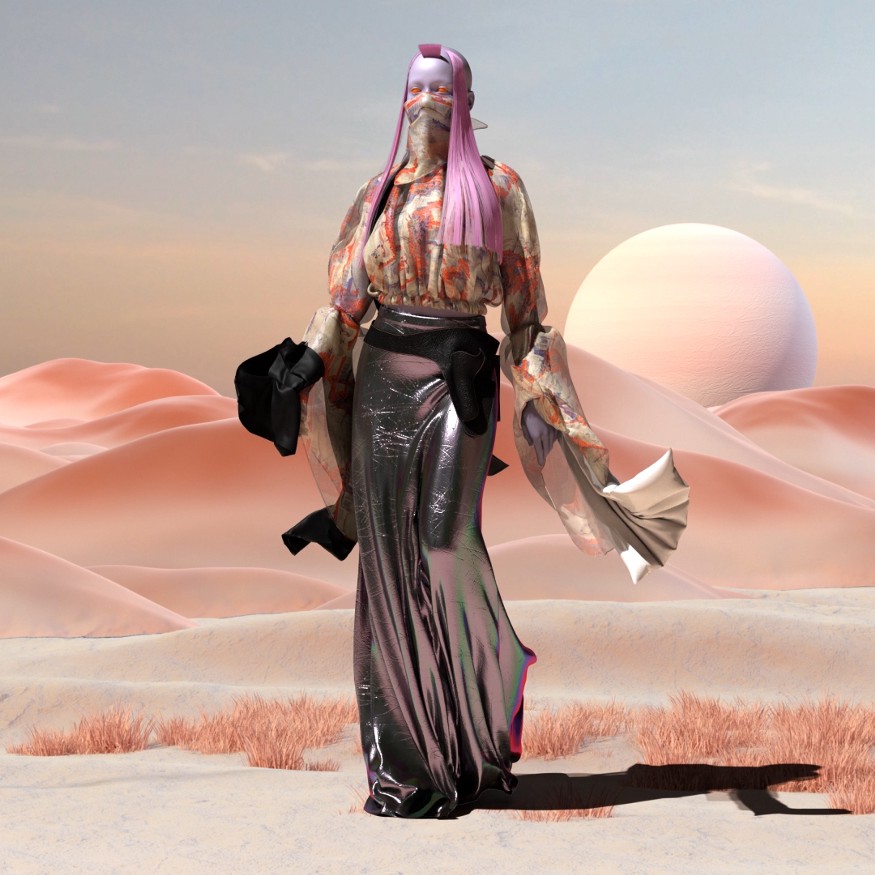We have all stood in the extremely crowded stores looking for a specific shirt or pants that we would like to purchase. Other days, we have been in that very same store, wondering aimlessly and seeing if anything pops-out at us. During the pandemic, our physical shopping has been reduced and we transferred majority of it online. However, the experience of going online to search for clothes has not been the same as going to a store. It is nice to scroll through, save time, and go through many different options. However, scrolling online does not feel very human and misses the personalized experience of each store. When you enter a Hollister, a Zara or a Michael Kors, your experience is significantly different and each decoration, sound, and smell has a certain feel that adds to your experience when shopping at the physical store. When scrolling online, besides the pictures and the clothes, there is not much of a personalized experience on the website. Nevertheless, this is all changing as we speak.
There has been an increasing need for more realistic and personalized online shopping experiences offered by fashion brands. Digital showrooms may become the new trend in the post pandemic world. One company, Diesel, has already recognized this increasing need and created their Hyperoom. This is a virtual room, which allows the customers to have a store feeling online with 360-degree displays of Diesel’s products. The following video shows you a better idea of what Diesel’s Hyperoom looks like:
However, I believe these experiences will only be further enhanced with augmented reality experience. The virtually enhanced experience is already offered by Loreal. A consumer can visit the webpage, then upload a picture or allow webcam access. After, they can apply a new hair color or makeup look to try it on in real-time. This will likely be applied even further in the fashion industry, allowing customers to try on a new look virtually through a truly augmented virtual experience. The showrooms, such as the one created by Diesel, are likely just the beginning of the fashion industry’s online transformation. Furthermore, the online showrooms may go beyond a unique 360-degree experience of walking through a store online. This will likely develop further to include avatar chat-bots to help you choose your next style, music to add to the vibes, but also augmented experiences related the brand. Building these unique experiences may be able to help companies not only differentiate themselves, but also connect better with their customers.
There are also expectations of fashion brands moving further than just creating 3D online stores, but rather create gravity defying and creative experiences. When it comes to luxury brands, the in-store experience means so much to certain customers and replicating this online can be more than difficult. However, to what extent could these companies use such technologies to replicate this online? The real question remains though, would you invest your time into a digital clothing shopping experience? Does virtually flying through a store made of candy add to your next experience of shopping for a new shirt?
Sources:
https://techhq.com/2020/07/digital-showrooms-future-proofing-the-fashion-industry/
https://www.vogue.com/article/fashion-is-building-a-virtual-future-starting-with-its-showrooms

